The brilliant late social critic and humanist Ivan Illich (1926 - 2002) wrote in his 1976 classic Medical Nemesis that, “We have handed over to physicians the exclusive right to determine what constitutes sickness, who is or might become sick, and what shall be done to such people.”[i]
Four decades have done nothing to halt the growth of mainstream medicine’s encroachment into our lives and its semantic supremacy according to which industrialized society categorizes the “sick” and the “well” — and crucially, those who might get sick and thus represent a potential “threat” to others, as the rhetoric daily inculcates. The accelerating emergence of Technocracy has only enabled the fascist-elitist imperative at the heart of the institution of modern medicine, or, as physician Dr Robert Mendelsohn called it, the Church of Modern Medicine.
Illich believed that what turned heteronomous (administered) health care into a “sick-making enterprise” is an intense engineering endeavor to translate concepts of human survival away from the functioning and performance of organisms into the result of technical manipulation.[ii] We have thoroughly confused technical medical intervention with real health care and maintenance, and resultantly the “sick-making enterprise” (mainstream medicine) is well on its way to being the leading cause of death worldwide, if it isn’t already.
Beyond a certain point or level of intensity, the kind of institutional “health care” we now witness effectively functions as “health denial.”[iii] Undeniably, this systemic “health denial” does indeed serve the population control agenda (indisputable to anyone who has performed due diligence and witnessed the Mass Formation Psychosis 2020), and on a more obvious level it is simply very profitable for soulless pharmaceutical companies and the swathes of pharma-educated doctors without much critical thinking ability or, in some cases perhaps, scruples.
If doctors and hospitals truly were health-giving entities, it would follow logically that more contact with them would lead to increasingly better health. However, that is the opposite of what we see. (In this vein, both Illich and Mendelsohn both noted specific instances where mass-doctor strikes led to radical reductions in death rates at those hospitals. When the doctors resumed working, patient death rates rose right back to normal.)
Moving on. Illich lists three reasons why a physician-based health-care system which has grown beyond critical bounds is sickening instead of health-supporting.
1. It must produce clinical damage that outweighs its benefits;
2. It cannot but enhance even as it obscures the political conditions that render society unhealthy;
3. And it tends to mystify and expropriate the power of the individual to heal himself and to shape his or her environment.[iv]
Nearly 50 years later, Illich stands absolutely validated on these points.
Rene Dubos showed in The Mirage of Health (1959) that there is little connection between vanishing diseases, longer life spans and the so-called “progress of medicine.” These large-scale changes are mainly the result of political and technological (including engineering) transformations, which are subsequently reflected in the medical professions beliefs and practices.
Modern medicine has always wrongly tried to take the credit for remedying this or that condition, or eliminating mortality from a given disease, when credit was really due elsewhere (sanitation, water filtration, quarantine, improved nutrition, etc).
Illich points out that by studying disease patterns, we find that doctors have had no more impact on disease epidemics in modern times than did priests of bygone ages — an apropos comparison indeed. Epidemics “are not modified any more decisively by the rituals performed in medical clinics than by those customary at religious shrines.”[v] By the time Koch had isolated and cultured the bacillus, mortality for TB had already declined to 370 per 10,000.[vi]
In fact, more recent research and insight into the TB bacillus reveals it does not cause lung tissue to die, but is in fact an intelligent response by the body to the presence of dead cells: the TB cells are the cleanup crew for the dead lung cells. They don’t cause the “disease,” they are a symptom, and a symbiotic one at that. For more information, see What Really Makes You Ill? by Dawn Lester and David Parker, and also German New Medicine.
As for the other godfather of Germ Theory, Pasteur turned out to be a pathological egotist, plagiarist (mostly of Antoine Bechamp), liar, and scientific fraudster. (See Bechamp or Pasteur? by E. Douglas Hume.)
Conditions like cholera, whooping cough, typhoid, dysentery, scarlet fever, diphtheria, and measles had all declined in mortality by nearly 90% by the time antibiotics and mass-v@cc!nation were introduced. Illich reported that the biggest factor “by far” in these victories was enhanced host resistance due to improved nutrition. Malnutrition is a major precursor for disease. Clean water, better hygiene, and developed sanitation systems were also crucial.
Neither the doctor-to-layman ratio of a population, nor doctors’ tools, nor the number of beds in hospitals is the reason for shifting disease patterns. Doctors tend to gather where there is already clean water, comfortable lodgings, ready access to food, and — crucially — where people (or governments) are financially well off enough to pay for their services.[vii]
Medical technology generally awes the laity, and in combination with what Illich calls “egalitarian rhetoric,” and a healthy (and regular) dose of medical propaganda, the technology creates the false impression that modern medicine is highly effective, when, overall, the statistics demonstrate otherwise.
In 1976, scientists were able to observe that since about 1951, survival rates for the most common types of cancer had remained virtually unaltered. While the medical system was busy failing catastrophically to curb the cancer toll with its “cut, poison, and burn” paradigm, it was equally busy reminding the public that all other forms of intervention were “unproven quackery.” The hypocrisy is staggering. Even now, modern medicine’s understanding of what truly causes most diseases is woefully lacking — especially when it comes to so-called “!nfect!ous diseases.”
The mythos of the “drug age” suits modern domesticated man who subscribes to the “better living through chemistry” motto, sold to us by large profit-driven corporations. Domesticated man — divorced from the earthy ecology that allowed him to exist at all —came to accept the notion that he could buy whatever he desired or needed. Industrialized living and the attendant urban sprawl have meant that the average person is immersed in an environment created by someone else’s technology, over which they have little to no control, and no real connection to. This often comes with social alienation, which contributes to the vast psychogenic disease burden of the populace.
As Illich observed, cars, roads, and freeways devalue our feet and the function of walking; educational systems devalue autodidactic pathways and enforce someone else’s brand of “teaching” and “learning.” What is “important” or “valid” for learning is determined by the ruling upper class and imposed throughout the social strata by their authorised and certified agents.
For many modern humans, the last chance to take control of something in their lives, or assert some form of self-control, is to take a drug (others cut themselves, self-mutilate or self-medicate in other ways).[viii]
Illich saw that medical classification breeds escalation of the megamachine and justifies the imperialism of so-called “staples” like baby food and/or formula over breastmilk, the latter being infinitely more nourishing, but obviously not a profit source for any multinational corporations. In the name of “prevention,” non-sick or healthy people are turned into patients with asinine and manipulative language such as “asymptomatic,” fostering a medically legitimised paranoia and neurosis that fuels an insidious cycle of imposed victimhood. This latter tactic has been partly responsible for effectively turning the entire planet into a clinic since 2020, the very thing Illich was so presciently warning us about.
“Checkups” are also part of the “preventative medicine” ethos; a powerful ritual endorsed by the Church of Modern Medicine, as if the more time we spend being poked, measured, and sampled by doctors (who do not even know what causes the majority of diseases), the healthier we must surely become. (If only!)
The invention of “pre” conditions (like pre-diabetes) is another control mechanism and marketing tool for generating more revenue for Big Pharma.
The medicalization of “prevention” becomes yet another major symptom of social iatrogenesis, transforming personal responsibility (autonomy) for creating one’s future into their management by some medical agent or facility (heteronomy).[ix] We have outsourced our agency. Furthermore, doctors’ diagnostic privilege means people can be stuck with labels which stigmatize them indefinitely thereafter. The System has approved the “regular” doctors alone, and thus, only recognises their epistemology, no one else’s. Their categories and labels become not just maps, but “reality” itself.
Medicalized prevention creates a third way of categorizing and stigmatizing people, Illich noted, by making the doctor a state-sanctioned magician whose prognostications and predictions can cripple and kill those who are untouched physically by his preparations and interventions.[x] Doctors “point the bone” on a daily basis with impunity, failing to realise the potency of “suggestion” in the mind-body dynamic. For instance, it is routine to tell a “terminal” cancer patient that they have x number of weeks or months to live — medical voodoo at its worst.
Doctors are not savants or clairvoyants, though their hubris often allows them to act as if they are — and no one holds them accountable.
For Illich, urbanization and civilization rendered sickness into something that was demeaning and malignant, where previously “wild sickness” was self-limiting and could be tended to in the homes of the poor. The hospital and the laboratory were both “discovered” around 1770. The sudden emergence of the doctor in the 1800s — thanks largely to patronage by moneyed families such as the Rockefellers and Carnegies — as a miracle worker and savior was due to the need for “a magic ritual that would lend credibility” to the crusade against disease which the political revolution had failed in.
Only with the Restoration (1660) was the medical profession tasked with eliminating illness. Following the Congress of Vienna (1814–1815), hospitals and medical schools bloomed as never seen before — along with the discovery and naming of diseases. By 1860 regular people were familiar with medical names for around a dozen diseases.[xi]
This represents a significant shift in the public’s consciousness towards the reductionism that has plagued (no pun intended) modern medicine ever since. Man was reduced to a machine with a symptom, a broken part needing repair, rather than a living, sentient, dynamic being interacting with his environment in a perpetual adaptive dance to maintain equilibrium. If, as humans, we are merely more or less identical machines made of the same parts, then what need is there to consider the whole dynamic life of the patient in his milieu? Just treat his “broken bits”, and get the next patient in as quickly as possible.
The ideas of “sickness” and “health” had to be made operational (commercialised?) in order for the medical profession to lay claim to public resources. Thus, ailments began to be transformed into objective diseases which could be cultivated in the lab and “fitted into wards, records, budgets, and museums,” thereby accommodating disease to administrative management, as Illich explained. Through the late 1800s and early 1900s, one arm of society’s elite was imbued by the dominant upper class (and thus, the State) with the authority and autonomy to control and eliminate disease. Competitors would be aggressively eliminated.
These State-approved doctors — born of the German school of Germ Theory, in the case of America — became known as the “regulars”, in contrast to the unwelcome “irregulars” who still practised traditional folk wisdom and other methods for assisting the ill or dying — many of them women (who, it was made clear, were “unfit” for providing any medical treatment or indeed veering too far away from anything “motherly” or “ladylike”).
Oddly, the grassroots “irregulars” did not lack anything meaningful in terms of skill compared to the State-sanctioned “regulars”, and were actually better at NOT harming and killing their patients, as their methods were gentler, less technical, and still somewhat connected to their folk roots (despite the best efforts of the old misogynistic Catholic Church and its grotesque Inquisition many years prior). (Read Witches, Midwives & Nurses [2010] by Ehrenreich and English for more on this.)
To Illich, a submerged political ideology now defined the goals of “medical treatment,” which assumed a strange status whereby it existed independently of both patients and their doctors.[xii] An abstraction, a model of reality now overlaid reality itself. Individuals were homogenised in the process. Even up to the mid-1800s medical treatment was still primitive and seen as an art depending heavily on the senses of individual physicians and their discernments, and sickness was very much a personal and subjective experience. “Objectivity” was slow coming and it came with a cost.
The transformation of this medical portrait into a clinical entity represents an event in medicine that corresponds to the achievement of Copernicus in astronomy: man was catapulted and estranged from the centre of his universe. Job became Prometheus.[xiii]
Suffering man (and the individual) was displaced from the centre of the universe by standardised concepts of “sickness,” and a nascent taxonomy of disease, empowered by Descartes’ model of the clockwork body, began to grow. Divorcing the psyche from the body was one of the biggest blunders in the West’s history. Illich pointed out that sickness, instead of being assessed by the physician’s eye, was now subject to a system of metrics: verification by measurement, clinical study and experiment, and evaluation in terms of engineering norms.
Doctors followed on the heels of the success of the alchemists of the 1500s in measuring specific gravity, and applied the test to the urine of the sick, reading diagnostic and curative meaning into the new measurements they went on to perform. These new metrics laid the foundation for a belief in the real existence of diseases and their apparent existential autonomy outside of the perception of patient and doctor. Use of statistics underpinned this belief and “demonstrated” that “diseases” were in the environment and could “!nfect” people.[xiv]
Germ Theory was being born, and in the process, personal responsibility and agency was slowly dying.
In the USA in 1721 the first clinical tests using statistics were performed by Dr Cotton Mather, providing “hard data” suggesting smallpox was threatening Massachusetts and that people who had been ritually inoculated by the doctor-priest were “safe” from its “attacks.” Mather is better known for his inquisitorial performance during the Salem witch trials. It is worth noting that through the 1600 and 1700s doctors who used the objective metrical approach to their patients were viewed as quacks by their colleagues.
English doctors were reluctant to adopt clinical thermometry, but, along with measurement of the pulse, it ultimately became accepted clinical practice around 1845, nearly three decades after Laennec first used the stethoscope.[xv] How times change.
The shift in interest from sick people to the idea of “sickness” itself turned European hospitals into museums of disease, and the realization dawned in the late stages of the 1700s that hospitals were the logical place to study sickness and compare “cases.” (As Ehrenreich and English inform us in Witches, Midwives & Nurses, America would eventually import this model with zeal: In 1893 German-trained doctors set up the first American German-style medical school, Johns Hopkins.)
During the first decades of the next century (1800s) the bedside became the clinic, where aspiring doctors would be trained to identify diseases; the new language describing diseases at the bedside was born, and hospitals turned into places of teaching. It would soon become a lab for experimenting with treatments, and towards the 1900s, the concern became therapy. Hospitals today represent compartmentalized repair shops, to use Illich’s terminology.[xvi]
For the majority of the 1800s, pathology consisted primarily in classifying anatomical anomalies; towards the end of the century the students of Claude Bernard began labelling and cataloging the pathology of functions. Health, like sickness, attained a clinical status and became the absence of clinical symptoms; wellbeing began to be associated with clinical standards of normality,[xvii] a legacy that has spawned some tragic and sinister progeny with the increasing medicalization of society and the exaggerated powers afforded doctor-priests and child services workers (and police in service of the medical system for that matter).
For Illich, writing in the 1970s, the age of hospital medicine was coming to an end because clinical measurement pervaded society in general; society itself had become the clinic and all citizens were rendered patients. (Welcome to the “New Normal”, where society at large is indeed the clinic — mostly populated by people suffering State-induced neurosis and paranoia. Witness all the people going about non-medical activities with their masks on.)
There was a crisis in the concept of disease which manifested in the problems that beset hospitals, such as lack of manpower, lack of funding, access, and control. There were two opposing solutions as Illich saw it: more illness-making medicalization of health care in society, expanding the control of the medical profession, or, a scientifically-based de-medicalization of the concept of disease. Illich’s (accurate) diagnosis was that medical epistemology was (is) far more important than medical biology or medical technology in resolving the ongoing crisis.[xviii]
Our concepts of disease — being so deeply coloured as they are by the mythology of Germ Theory and genetic fatalism— have been intimately linked to — and fuelled by — an undercurrent of disempowerment and victimhood. Germ Theory, after all, teaches people that: they are not in control of their bodies, cannot trust their bodies to remain healthy, are not responsible for their health, and — neurotically —that “germs” are constantly trying to “get in” to make us sick; if it wasn’t for “germs” we’d mostly be okay.
And the genetic fatalism reinforces the insecurity by telling people that, on top of all this, their genes randomly malfunction and there’s nothing they can do about it!
This psychoscape leads to over-filled hospitals populated by people who don’t know why they are there because the dominant paradigm does not empower them to be healthy, and cannot tell them why they are not. Sufficiently mystified and disempowered, they enlist the help of the State’s medical technicians (who also largely do not know why their patients have the symptoms they have). Our concepts of disease and health are woefully outdated and badly need reevaluating. They are failing us and the numbers show it.
However, at higher levels, the Medical Mafia do not seek such a reevaluation because the status quo is so intensely lucrative. People who “catch” a disease become profitable units in an industrial medicalized society. Instead of making people conscious of what health really means, we can absolve them of responsibility, shower them with pity, and sell them disease-management products. After all, real cures kill repeat business.
Advanced industrial society successfully disables the domesticated human from coping in their environment (which is increasingly engineered and toxic), and when their bodies (or minds) finally break down, “it substitutes a ‘clinical prosthesis’ for the broken relationships.”[xix] What medicine does is legitimize their biological symptoms by explaining them as (largely random) defects in their health (it’s your genes — or the germs!) instead of defects in the unbalanced, dissociated, emotionally toxic, and synthetic way of life imposed upon them (or imposed by themselves — both in reality).
Actually, “It’s the environment, stupid!”
The Church of Modern Medicine grants individuals etiological innocence in their own often self-orchestrated demise through a diagnosis which serves as what Illich termed a “hygienic mask” justifying increasing subjection to the model of endless production and consumption.[xx] Diagnoses keep you coming back for more, after all. The medical lexicon and body of practitioners is self-referencing and self-reinforcing; ultimately it generates self-fulfilling prophecies of patient decrepitude and death with ease.
This is the insidious power of medical language and, more broadly, language in general.
Keep people sick and ignorant of why they are sick and you keep them plugged into the Machine, slowly but surely siphoning both their money and their lifeforce. This is the Rockefeller medicalmodel.
Illich asserted that the current model of disease diagnosis constituted a subtle way of blaming the victim, because, the doctor (a member of the dominating class) judges that the layman does not fit into the industrially engineered medicalized milieu administered by the doctor-priests, who deserve a significant portion of the blame for creating such a milieu.
Instead of rebuking his peers for creating these untenable sickness-making environments, the doctor diagnoses (“invading”) disease entities in the patient whose body is rebelling against the unreasonable demands made on him by industrial medicalized society.
It isn’t the fault of a toxic techno-industrial civilization, no, it is simply that the patient has unfortunately been infested by “invading pathogens” for no apparent reason, or their genes have malfunctioned, also for no apparent reason. It is regrettable but meaningless. “Disease” becomes the bodily materialization of a “politically convenient myth.”
Blame the victim instead of the engineers of civilization for engineering increasingly noxious living conditions — that way we can plod along with the status quo as if everything is a-okay. Society’s diseases are baptized by the doctor-priest with names cherished by bureaucrats, such as “attention deficit disorder,” “learning disability,” “long c***d,” “sudden adult de@th syndrome,” and so on. Such terms become the alibis of the very institutions making us sick and stifling human potential — this includes schools which this author regards primarily as social engineering centres.[xxi]
Increasing dependence on the lexicon of a medical elite or dominating profession has the effect of turning disease into a tool for class domination. The era of the Great Reset provides graphic proof of this. To the extent you control language, you control thought, conceptualization, and communicative capacities.
If doctors and bureaucrats share and understand enough of the language to collaborate or conspire, while the layman understands little of it, then the layman becomes relatively powerless in the face of the mystifying language wielded by the bureaucracy. The layman does not speak the language of his masters.[xxii]
Medical professionals can obscure reality with words in order to retain power, prestige, and influence. Why say “hospital-based !nfection” when you can hide reality from the layman by saying a condition is “nosocomial” instead? Why call a symptom mysterious or baffling when you can just call it “idiopathic”?
According to Illich, through the late 1970s (and probably through the following decades), most diagnostic AND treatment techniques that were actually doing more good than harm could be easily understood by any layperson. Additionally, the material resources for making them were cheap and they could be packaged for self-use or application by family.[xxiii]
Industrial medicine has shifted away from this model of health care towards the heteronomous model wherein professionals must intercede on our behalf — like a priest exorcising a demon — in order to engineer us back to “health” with their technical expertise, an approach that is failing us catastrophically as these words are typed. It fails the proletariat, but it is hugely lucrative for the moneyed elite who designed the system in the first place.
The beginning outline of a solution is to finally stop giving our agency away to third parties and bad actors who profit from our ignorance and illness, taking responsibility back for ourselves, and letting go of the outdated enabling myths (e.g. Germ Theory) that serve the ruling elite while keeping the masses in the dark.
Suggested Further Reading
What Really Makes You Ill —Dawn Lester and David Parker
Virus Mania (updated edition) — Engelbrecht and Kohnlein
Fear of the Invisible — Janine Roberts (exposes the HIV hoax)
Breaking the Spell — Dr Tom Cowan (dismantles all the convid BS and the fundamentals of virology so people can understand the scientific-medical fraud)
About Brendan:
Author and host of Truthiverse podcast, Brendan Murphy has both blown minds and changed lives around the world. He is the author of the epic, “The Grand Illusion: A Synthesis of Science and Spirituality — Book 1,” and founder of The Truthiversity (Truthiversity.com) Subscribe for unrestricted access to all his exclusive material.
Links:
📕 Buy or learn more about “The Grand Illusion” book
🧬 Watch the free Evolve Yourself Masterclass to learn about Brendan’s evolutionary DNA activation work and his SelfGnosis esoteric mentorship:
📲 Follow him on Telegram, Instagram and his uncensored BitChute channel: @BrendanDMurphyOfficial
Endnotes/References
[i] Ivan Illich, Medical Nemesis, 13–14.
[ii] Ibid., 14.
[iii] Ibid., 15.
[iv] Ibid. 16.
[v] Ibid., 23.
[vi] Ibid.
[vii] Ibid., 30.
[viii] Ibid., 84.
[ix] Ibid., 97.
[x] Ibid., 98.
[xi] Illich, 164–5.
[xii] Ibid., 165.
[xiii] Illich, 166.
[xiv] Ibid., 166–7.
[xv] Ibid., 167.
[xvi] Ibid., 168–9.
[xvii] Ibid., 169.
[xviii] Ibid., 171.
[xix] Ibid., 174.
[xx] Ibid., 174.
[xxi] Ibid.
[xxii] Ibid., 176.
[xxiii] Ibid., 177.





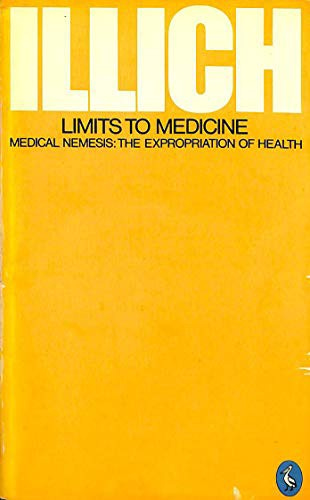
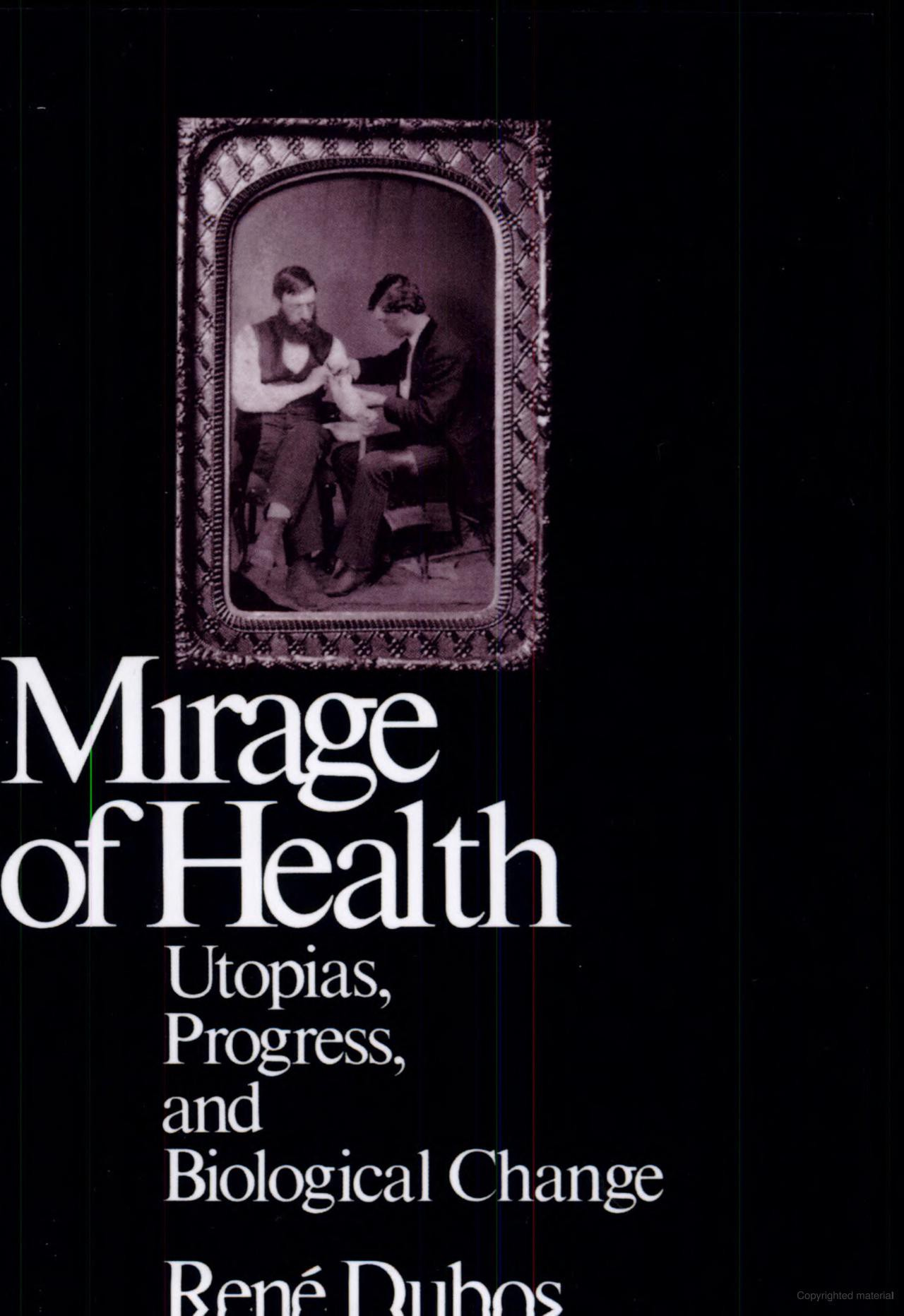


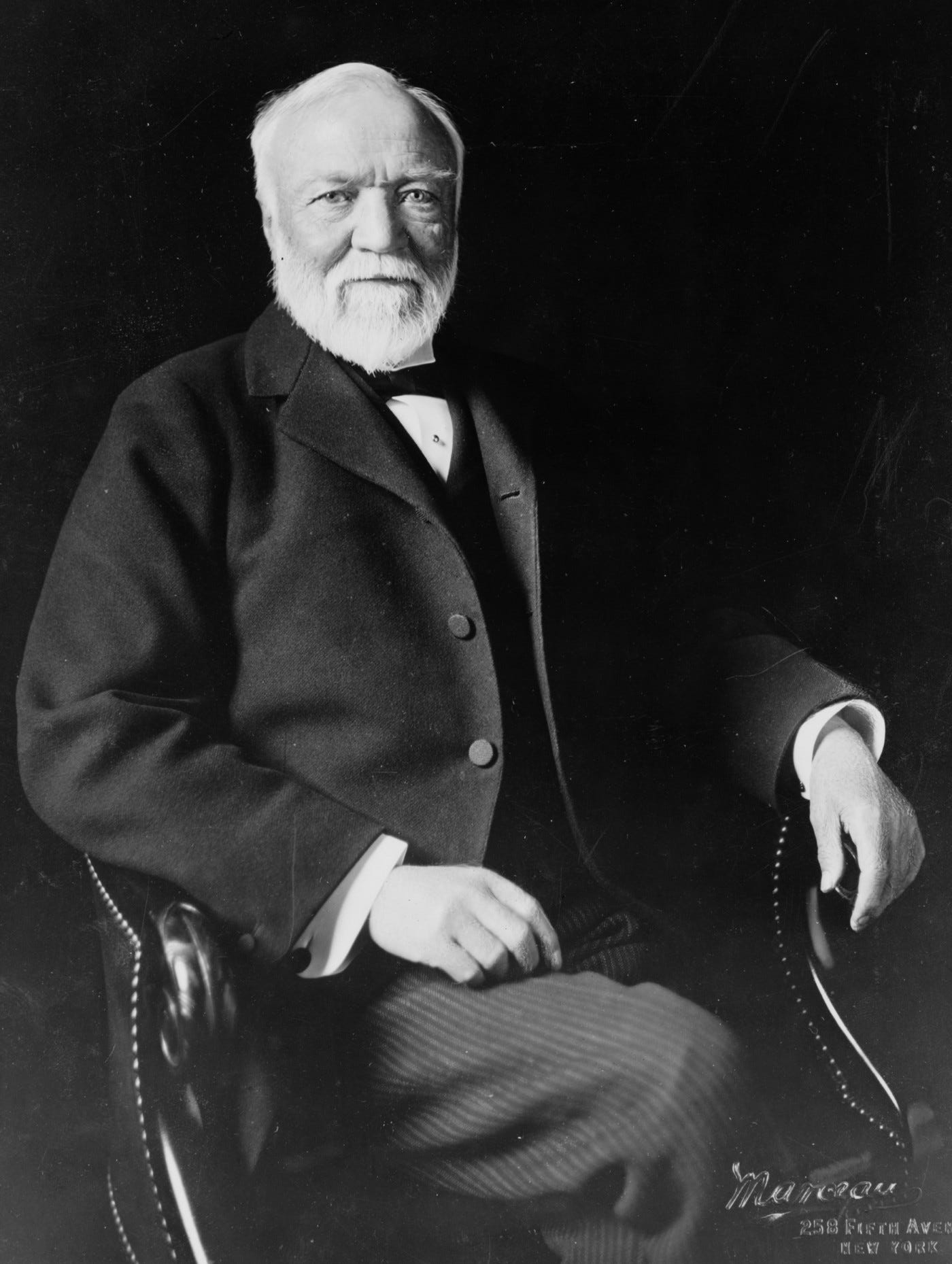




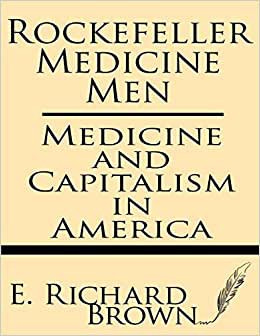
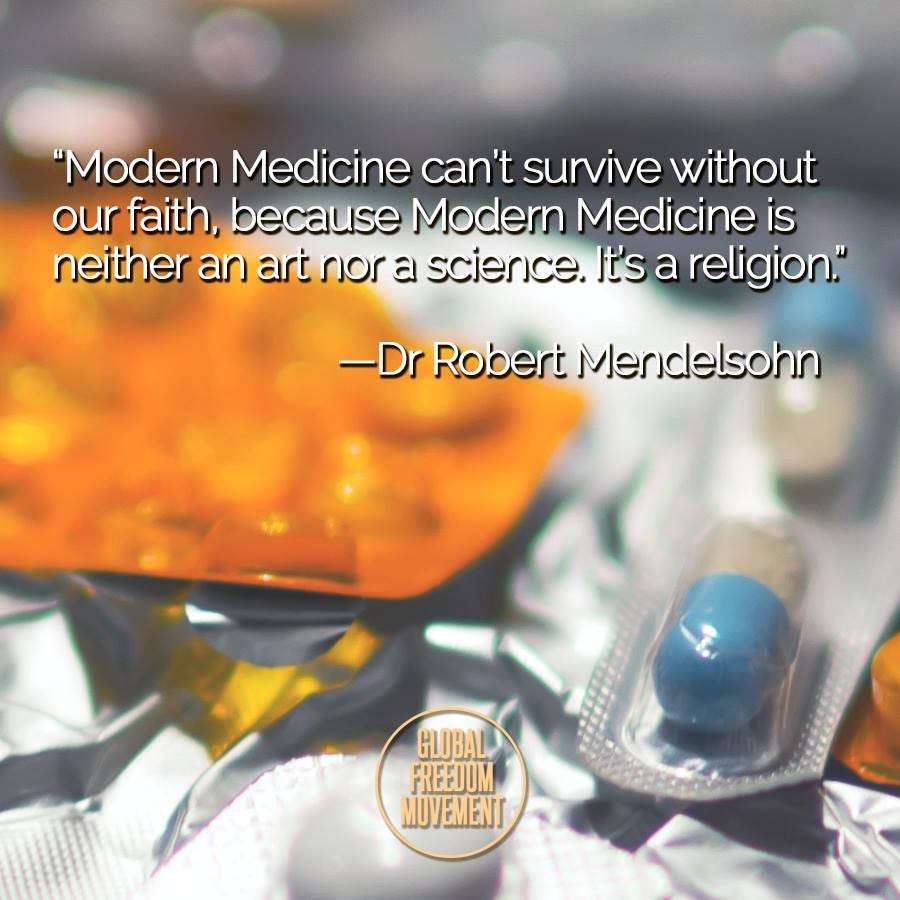
and we don't need or want a World Council of Health https://georgiedonny.substack.com/p/a-healthy-future-does-not-lie-with
Jo
and nature is not trying to kill us https://georgiedonny.substack.com/p/a-tiny-water-flea-has-31000-genes
Jo